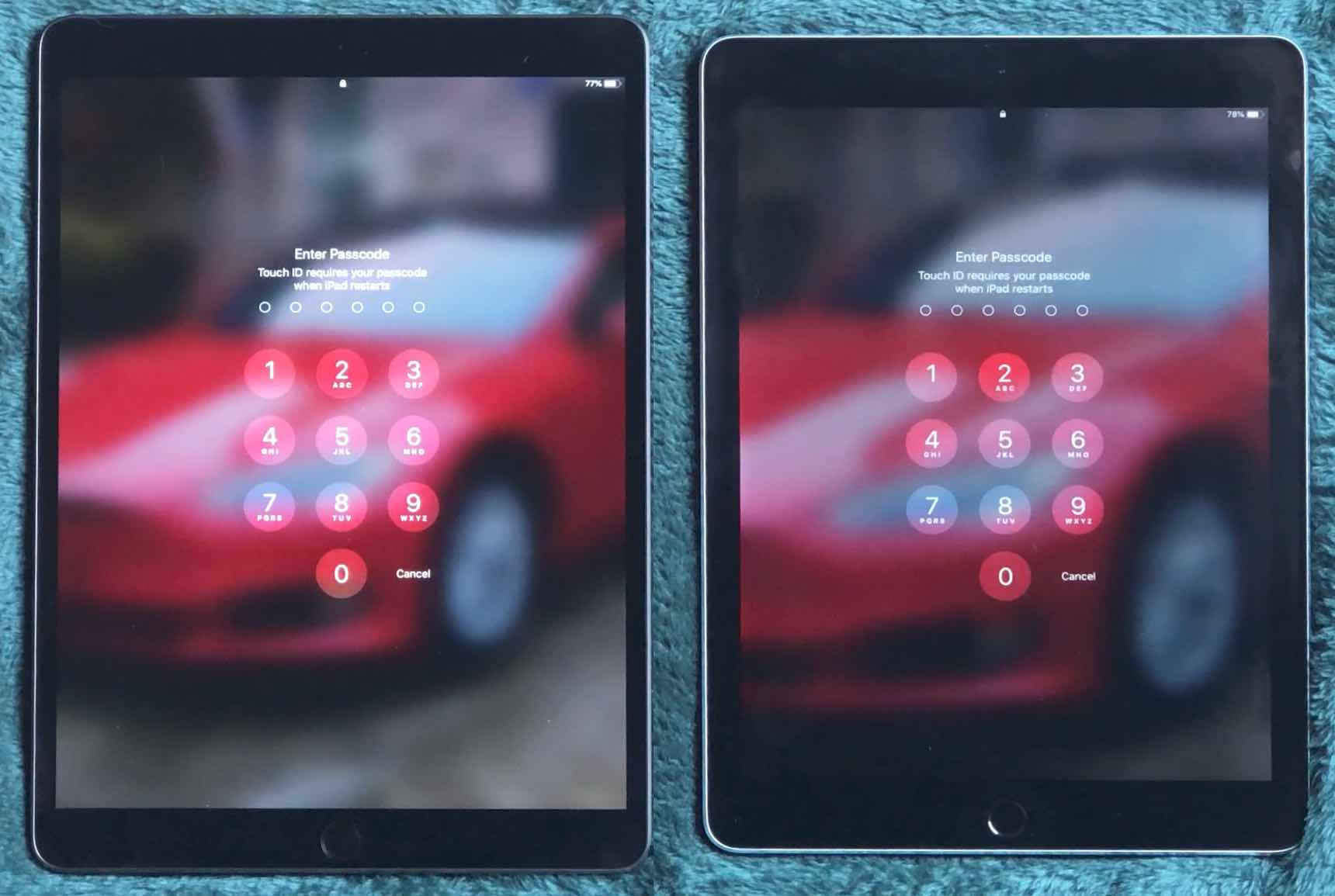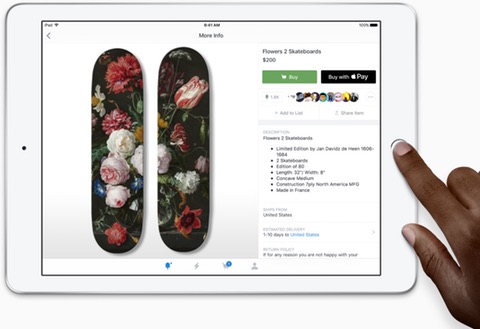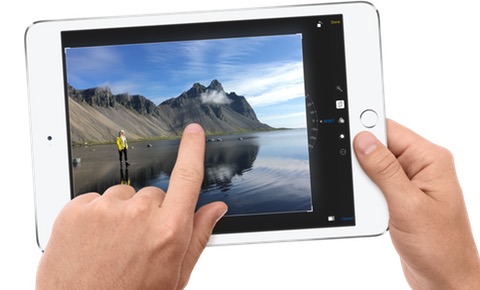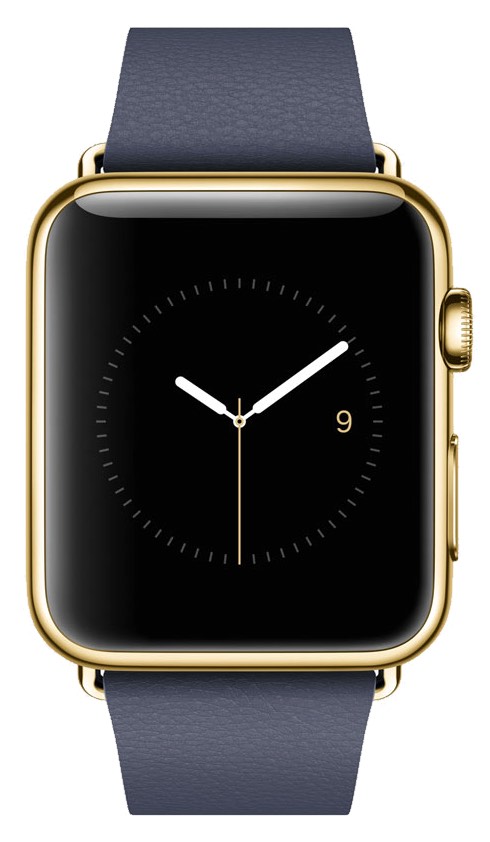How the 2020 iPad Air stacks up to its predecessor
Back in April of 2020, when I replaced my 2016 iPad Pro with a third-generation iPad Air, I wrote about the impressive performance improvements. Fast forward to fall 2020, and I again find myself with a new iPad Air, but this time, it's the fourth generation 2020 edition. Yes, after waiting four years, I now have my second new iPad in seven months.
Why so soon? It was a chain reaction thing, where we wanted to upgrade a relative's very old (think 30-pin connector) iPad with a newer one, and my wife wanted a newer one as well. So my "new" Air went to her, hers went to the relative, and I wound up with the new fourth-generation iPad Air. So I thought I'd take a minute and update a couple of the tables from the prior article…
First up, the specs comparison…
| 2016 iPad Pro | iPad Air 3rd Gen | iPad Air 4th Gen | Air vs Air | |
|---|---|---|---|---|
| Cost | $749 | $649 | $749 | +15% |
| Screen Size | 9.7" | 10.5" | 10.9" | +4% |
| Resolution | 2048x1536 | 2224x1668 | 2360x1640 | +4% |
| RAM | 2GB | 3GB | 4GB | +33% |
| Storage | 128GB | 256GB | 256GB | -- |
| CPU | A9X | A12 Bionic | A14 Bionic | -- |
| Cache | 64KB + 64KB | 128KB + 128KB | 128KB + 64KB | -- |
| Cores | 2 | 2 high perf. + 4 high eff. | 2 high perf. + 4 high eff. | -- |
| Graphics | PowerVR 7XT (12 cores) | Apple GPU (4 cores) | Apple GPU (4 cores) | -- |
The cost went up $100, and for that, it comes with TouchID, a slightly larger screen, and a much faster processor. How much faster? Let's see…
I re-ran the same two benchmarks I used in the original comparison: Geekbench 5 and 3DMark Sling Shot. Here's how all three iPads compared…
| 2016 iPad Pro | iPad Air 3rd Gen | iPad Air 4th Gen | Air vs Air | |
|---|---|---|---|---|
| Geekbench 5 CPU Single | 656 | 1,114 | 1,588 | +43% |
| Geekbench 5 CPU Multi | 1,198 | 2,892 | 4,208 | +46% |
| Geekbench 5 Compute (Metal) | 3,820 | 4,701 | 12,462 | +165% |
| 3DMark Sling Shot Extreme | 2,983 | 5,170 | 6,522 | +26% |
There are nice improvements in all the results, but the Geekbench Compute score change is huge—more than double the prior result. I don't know what changed, as both iPads have four-core GPUs. But clearly, something's changed, and for the very much better.
In day-to-day use, the 2020 Air is quicker than my old one, but it's not like the huge jump I saw moving from the 2016 iPad Pro. I've had it for a few weeks now, and I still don't really like TouchID on the power button instead of on a dedicated button on the front. With the dedicated button, home was one press away, the app switcher was a double-press away.
Now home is a long drag from the bottom of the screen, and the app switcher is a shorter drag with a delay from the bottom of the screen. And then there's the matter of the ugly light (or dark) bar at the bottom of the screen—after dragging from there only a couple times, it becomes automatic and the indiator is merely an annoying visual.
For most anyone except true "power users," I think this new Air is probably more than enough iPad for their needs.


 Consider the
Consider the  Now consider the
Now consider the 

 Lots of people are
Lots of people are  Hand in hand with my
Hand in hand with my